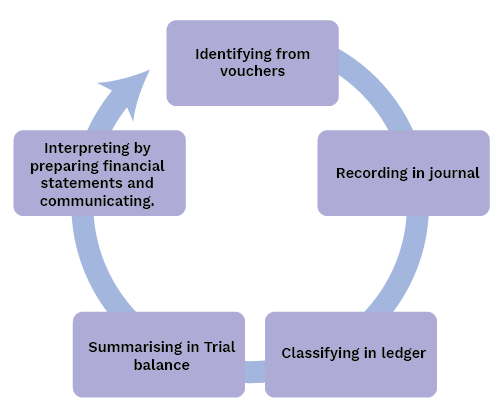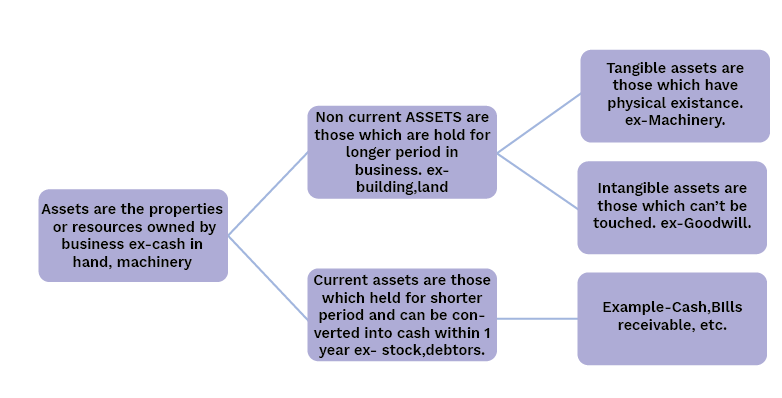Class 11 Accountancy Chapter 1 Notes - FREE PDF Download
FAQs on Introduction to Accounting Class 11 Notes: CBSE Accountancy Chapter 1
1. What is Accounting?
Accounting is the systematic process of recording, summarizing, and analysing financial transactions to provide useful information to stakeholders. Vedantu's revision notes explain the concept in simple terms, helping students understand its significance.
2. What are the objectives of Accounting in Class 11 Accountancy Chapter 1?
The primary objectives of accounting include maintaining systematic records, determining profit and loss, assessing the financial position, and providing financial information to users.
3. Why is Accounting important?
Accounting is important because it provides vital financial information to various stakeholders, helps in decision-making, and ensures legal compliance.
4. What are the basic principles of Accounting?
The basic principles of accounting include the principles of consistency, prudence, matching, and accrual. Vedantu's revision notes simplify these principles for easy understanding.
5. How does Accounting help in decision-making?
Accounting provides reliable financial data that helps managers and stakeholders make informed decisions. Vedantu’s notes explain how accounting data is used in decision-making processes.
6. What is the role of Accounting in evaluating performance?
Accounting plays a crucial role in evaluating the performance of employees, divisions, and overall business activities by providing accurate financial reports.
7. What are the limitations of Accounting in Class 11 Accountancy Chapter 1?
Accounting has limitations, such as focusing only on monetary transactions and historical data, and being influenced by personal judgments.
8. Why does Accounting only consider monetary transactions?
Accounting focuses on monetary transactions because they are measurable and comparable. Non-monetary aspects like quality and skills are not included, as explained in Vedantu's notes.
9. How do Vedantu's revision notes help with Class 11 Accountancy Chapter 1?
Vedantu's revision notes help by providing clear explanations of key concepts, summarizing important points, and offering practice questions to reinforce understanding. These notes are designed to make studying more effective and efficient.

























